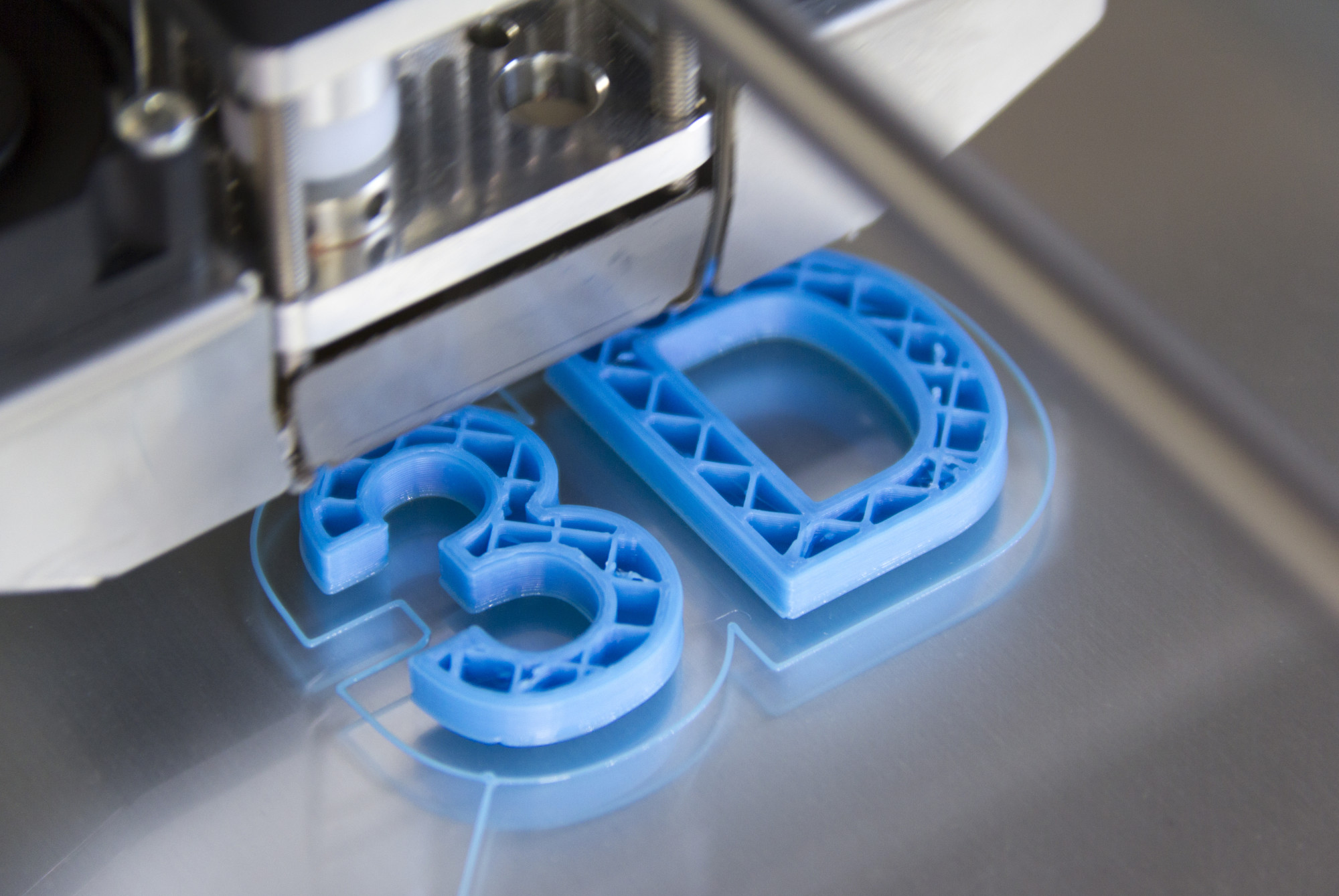
7 Common 3D Scanning Mistakes and How to Avoid Them
3D scanning is an industry that came on the scene recently and has since seen incredible growth. Its multi-billion-dollar trajectory, based on popular reports, is projected to continue rising well into 2025 and beyond!
The uptick in 3D scanning popularity may have inspired you to try your hand at it for personal or professional reasons. In either case, as you look to pick up a scanner and start spearheading projects with it, it’s imperative that you avoid 3D scanning mistakes. That way, you can consistently be satisfied with the quality of your scans and can preserve your scanner’s condition.
What are common 3D scanning mistakes though? What do 3D scanner manufacturers recommend you do to ensure a great scanning experience?
Below, our team walks through answers to those questions. Keep reading to learn more!
Contents
1. Touching Your Scanner’s Head
The head of your 3D scanner is the piece where lasers project outward and read the information in the real world. That portion of your scanner, much like the scanner as a whole, is delicate.
If you futz with your scanner’s head, you may create issues with your device’s ability to scan which can create artifacts (noise, imperfections, etc.) in your final results. Head contact might also necessitate expensive scanner repairs.
Care for your scanner’s head the same way you would an expensive lens for a DSLR camera. If you do that, your device should operate as intended for years to come.
2. Overestimating a Scanner’s Range
3D scanners are incredible in that many can scan whole rooms to create in-depth renderings. All scanners have what’s referred to as a drop-off point which they can’t accurately read information past. That point will be stated in your scanner’s manual.
If, for example, your scanner says it’s capable of scanning 100 feet out, reduce that range in your head by 20 feet or so to be safe.
Several environmental factors could adversely affect your scanner’s advertised range. By accounting for those factors and bringing objects closer, you’ll set yourself up for success.
3. Working With Bad Software
You take a scan of a room or object and can’t figure out why what you’re seeing on your screen isn’t reflecting what you’re trying to beam up. While that disconnect could be a scanner issue, it might also be a software issue.
Using reputable tools as your scan’s end-destination, tools like AutoCAD or Cinema 4D will help you better visualize, manipulate, and ingest scans. Consider exploring the tools we’ve mentioned, or others, if you’re using freeware that could be at the heart of your scan issues.
4. Not Reading Your Manual
From teaching you how to store your 3D scanner to educating you on how best to use it, your scanner’s instruction manual should be your number one resource. If you pull it out of the box and chuck it in the garbage, not only are you putting the quality of your projects at risk, but you’re risking your scanner’s lifespan.
Given the investment that top-of-the-line scanners like the Einscan Pro HD and others represent, it’s in your interest to not do those things.
Some of the information you’ll find on using scanners safely while going through your device’s instructions will seem obvious. We guarantee you though that you’ll learn a handful of tidbits from your taking the time that’ll improve your relationship with your scanner in a meaningful way.
5. Lack of Planning
When you’re scanning complicated things, like say, a room, planning is important. You have to appreciate what textures are featured on objects that’ll appear in your scan. You have to understand how much of an area you can scan in one go and how you’ll quadrant off larger spaces to stitch scans together… The list goes on.
The more you plan before you scan, the smoother your project will go. Take the pre-production time to be intentional about your scans and see for yourself the benefits.
6. Walking Near a Scanner While It’s Working
If you set up your scanner at one end of a room and let it work, make sure that you do nothing that might disrupt your scanner’s point of view during its intake process. That includes walking near your scanner.
Your footsteps reverberating across the floor near a scanner have the ability to shake it. Those vibrations can artifact portions of your scan. The same thing is true of stepping on floorboards on one end of the room that could subtly raise other boards that are within your scanner’s frame (we’ve seen this happen).
To play it safe, stay stagnant and mindful while your scanner is working.
7. Taking in Textured Surfaces
3D scanners work best when scanning smooth surfaces. If you task your scanner with scanning course surfaces or ones that feature intricate topographies, chances are, you’ll get imperfect results you’ll need to fix in your modeling software.
That isn’t a big 3D scanning mistake faux pas for an experienced scanner technician. If you’re new to 3D scanning and modeling though, you’ll want to start simple.
Being Mindful of 3D Scanning Mistakes Is the Best Form of Prevention
We’ve run you through several 3D scanning mistakes you’ll want to do your best to avoid. Our hope is that by having these logged in the back of your mind when your next scanning project comes up, you’ll be able to make choices that’ll improve the outcome of your work.
Note that these mistakes are not comprehensive. To understand more of what you can do to set yourself and your scanner up for success, read your scanner’s manual.
Hungry for more simple, helpful content that touches on today’s latest tech trends? If you are, our team welcomes you to dive deeper into our blog’s newest content.


Comments are closed.